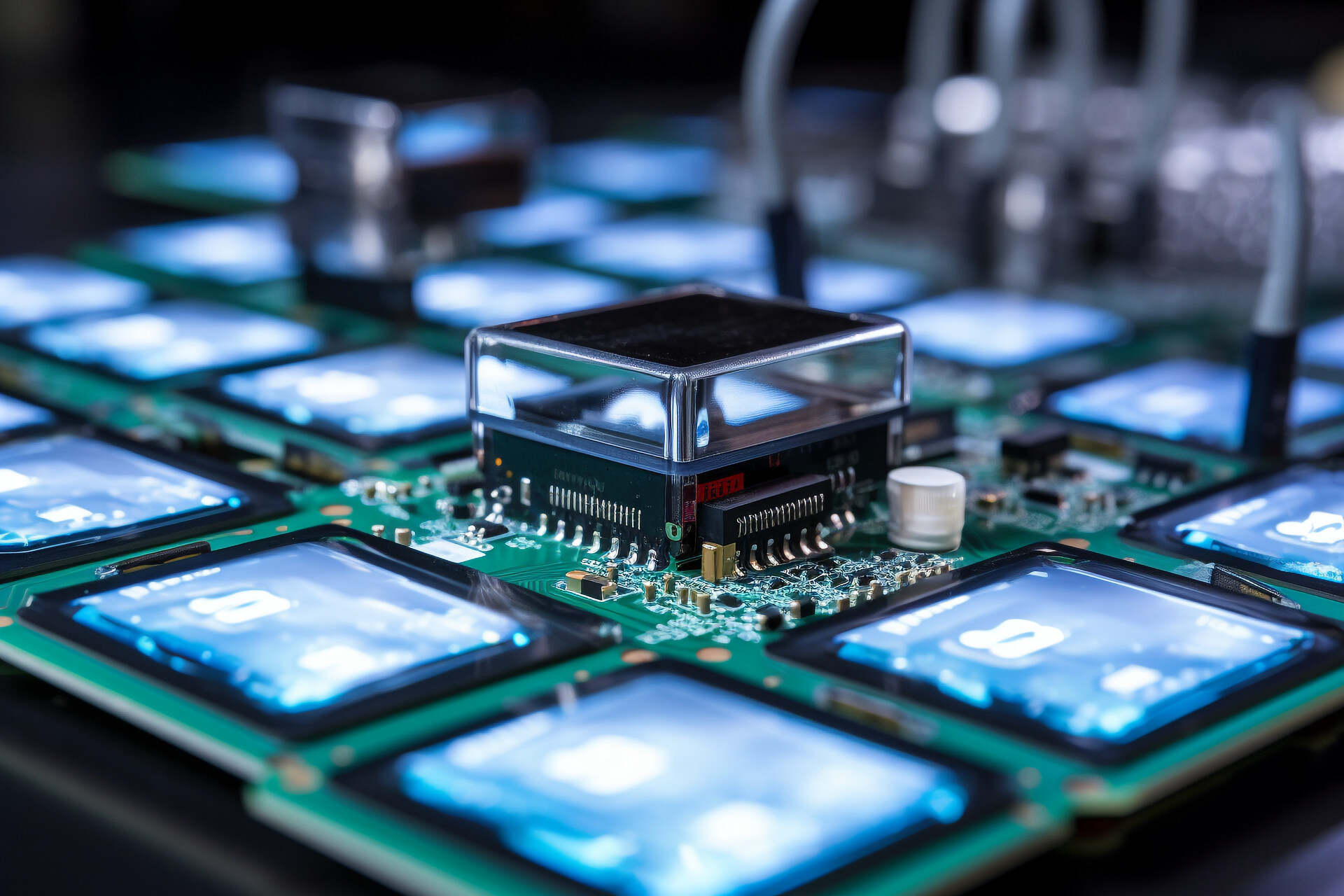Email format error
Email cannot be empty
Email already exists
6-20 characters(letters plus numbers only)
The password is inconsistent
Email format error
Email cannot be empty
Email does not exist
6-20 characters(letters plus numbers only)
The password is inconsistent


Introduction
In the rapidly evolving world of semiconductor technology, chip packaging plays a critical role in determining the performance, reliability, and cost-effectiveness of electronic devices. Among the various packaging technologies, Cog Chip on Glass (CCOG) has emerged as a promising solution. In this blog post, we will delve deeper into CCOG and compare it with other chip packaging technologies, highlighting their strengths, weaknesses, and future prospects.
Cog Chip on Glass (CCOG)
CCOG is a cutting-edge chip packaging technique where the integrated circuit (IC) is directly mounted on a glass substrate. This technology offers several advantages, including compact size, low power consumption, and high integration density. CCOG also provides excellent electrical performance due to the short interconnect lengths and reduced parasitic capacitance. Moreover, the use of glass as a substrate enhances the overall mechanical strength and thermal stability of the package.
Flip Chip
Flip-chip packaging involves flipping the IC and directly bonding it to the substrate using solder bumps. This technique offers high interconnect density, improved thermal performance, and reduced signal propagation delays. However, flip chip packaging requires additional space for solder bumps, making it less suitable for applications with size constraints. Additionally, the complexity of the flip-chip assembly process can increase manufacturing costs.
Wire Bonding
Wire bonding is a widely adopted chip packaging technique where the IC is connected to the substrate using fine wires. It is a cost-effective solution suitable for a wide range of applications. However, wire bonding has limitations in terms of interconnect density and electrical performance due to longer wire lengths and increased parasitic effects. Moreover, wire bonding may be susceptible to reliability issues such as wire fatigue and bond wire corrosion.
System in Package (SiP)
SiP is an advanced packaging approach that integrates multiple chips or components into a single package. It offers advantages such as a reduced form factor, improved performance, and increased functionality. SiP allows for the integration of different technologies, such as CCOG, flip chip, and wire bonding, to achieve optimal performance for specific applications. SiP is particularly beneficial for complex systems requiring diverse functionalities, such as mobile devices and IoT applications.
Chip Scale Package (CSP)
CSP is a packaging technology that aims to minimise the overall package size while maintaining high functionality. It eliminates the need for a separate package substrate by directly mounting the IC on a smaller substrate. CSP offers advantages such as reduced cost, improved thermal performance, and increased integration density. However, it may have limitations in terms of electrical performance and reliability compared to CCOG. CSP is commonly used in applications where space is a critical constraint, such as wearable devices and miniaturised sensors.
Conclusion
Cog Chip on Glass (CCOG) stands out as a promising chip packaging technology, offering unique advantages in terms of size, power consumption, integration density, and electrical performance. It provides a compelling solution for applications with stringent size and power requirements. However, other chip packaging technologies like flip chip, wire bonding, system in package (SiP), and chip scale package (CSP) also have their own strengths and applications. The choice of packaging technology depends on various factors, including the specific application requirements, cost considerations, and performance trade-offs. As the semiconductor industry continues to advance, it is essential to evaluate and choose the most suitable packaging technology to meet the evolving demands of electronic devices. The future holds immense potential for further advancements in chip packaging technologies, enabling even more compact, efficient, and reliable electronic devices.